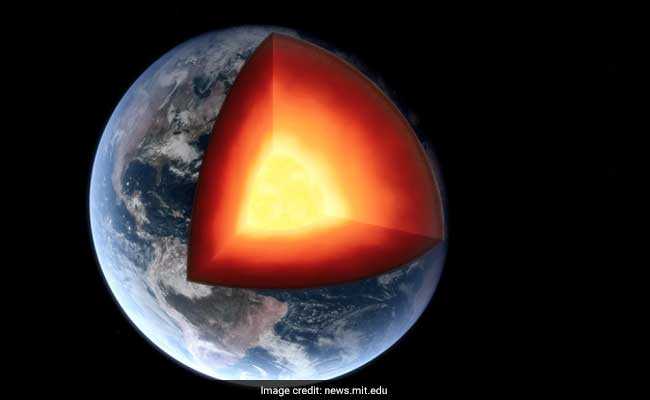The observatory is called XPoSAT, or the X-beam Polarimeter Satellite, and will be sent off by ISRO’s Polar Satellite Send off Vehicle on January 1.
New Delhi: Having vanquished the Moon this year, India will start 2024 with one more aggressive endeavor to see more about the universe and quite possibly of its most getting through puzzle – the dark opening.
On the morning of January 1, India will mean to turn out to be just the second country on the planet to send off a high level space science observatory explicitly equipped towards concentrating on dark openings and neutron stars.
At the point when the greatest stars run out of fuel and ‘kick the bucket’, they breakdown under their own gravity and abandon dark openings or neutron stars.
X-Beam Vision
India’s satellite, named XPoSAT, or the X-beam Polarimeter Satellite, will be sent off by the Indian Space Exploration Association (Isro’s) confided in rocket, the Polar Satellite Send off Vehicle.
“This is just the second mission of its modern class after NASA’s 2021 mission named Imaging X-beam Polarimetry Voyager or IXPE,” said Dr Varun Bhalerao, an astrophysicist at the Indian Establishment of Innovation, Bombay.
“The mission will attempt to translate the heavenly leftovers or bodies of dead stars,” he added.
Utilizing X-beam photons, and particularly their polarization, XPoSAT will assist with concentrating on the radiation from close to dark openings and neutron stars. Dr Bhalerao said dark openings are objects that have the most elevated gravitational power known to man and neutron stars have the most elevated densities, subsequently the mission will disentangle the secrets of the super outrageous conditions that one observers in space.
The astrophysicist said neutron stars are minuscule articles, anyplace somewhere in the range of 20 and 30 kilometers in width. However, they are thick to such an extent that only one spoonful of issue from a neutron star could weigh more than Mount Everest.
Trying the impossible
This is India’s third mission in under a year to investigate the universe. The first was the memorable Chandrayaan-3 mission, sent off on July 14, 2023, and it was trailed by Aditya-L1, a committed sun oriented observatory, sent off on September 2, 2023.
Dr AR Rao, a cosmologist at the Goodbye Establishment of Crucial Exploration, said XPoSAT is a one of a kind mission, adding, “Everything in X-beam polarization will be a shock as everything is new in this field of galactic investigation’.
With regards to ISRO’s thrifty methodology, India’s XPoSat satellite expense about ₹ 250 crores (around $ 30 million) while the NASA IXPE mission had required a cost of $ 188 million. The NASA mission has an ostensible existence of two years, while XPoSAT is supposed to endure over five years.
Teacher Biswajit Paul, a researcher at the Raman Exploration Organization, Bengaluru, who is one of the vital drivers of the XPoSAT mission, said, “It will examine the construction of extraordinary attractive fields in enormous items and the way of behaving of issue and radiation in outrageous gravity. This will be accomplished by noticing some splendid X-beam sources like neutron stars and dark openings in the 8-30 kiloelectron volt range.”
‘Large Effect’
One niggling concern that ISRO Executive S Somanath has communicated about the XPoSAT mission and Indian logical missions overall is that “the client local area is still rather little”. He said more youthful cosmologists from India should be roped in for these costly public missions.
Senior Indian researchers are, be that as it may, exceptionally amped up for the mission. Dr Dipankar Bhattacharya, an astrophysicist at the Ashoka College in Sonipat, said, “India is investigating the universe with designated consecutive missions and the nation can have a major effect in disentangling the numerous secrets of the universe”.
The XPoSAT mission will see the Polar Satellite Send off Vehicle attempt its 60th flight. Other than conveying the 469-kg XPoSAT, the 44-meter-tall, 260-ton rocket will likewise take off with 10 trials.










+ There are no comments
Add yours